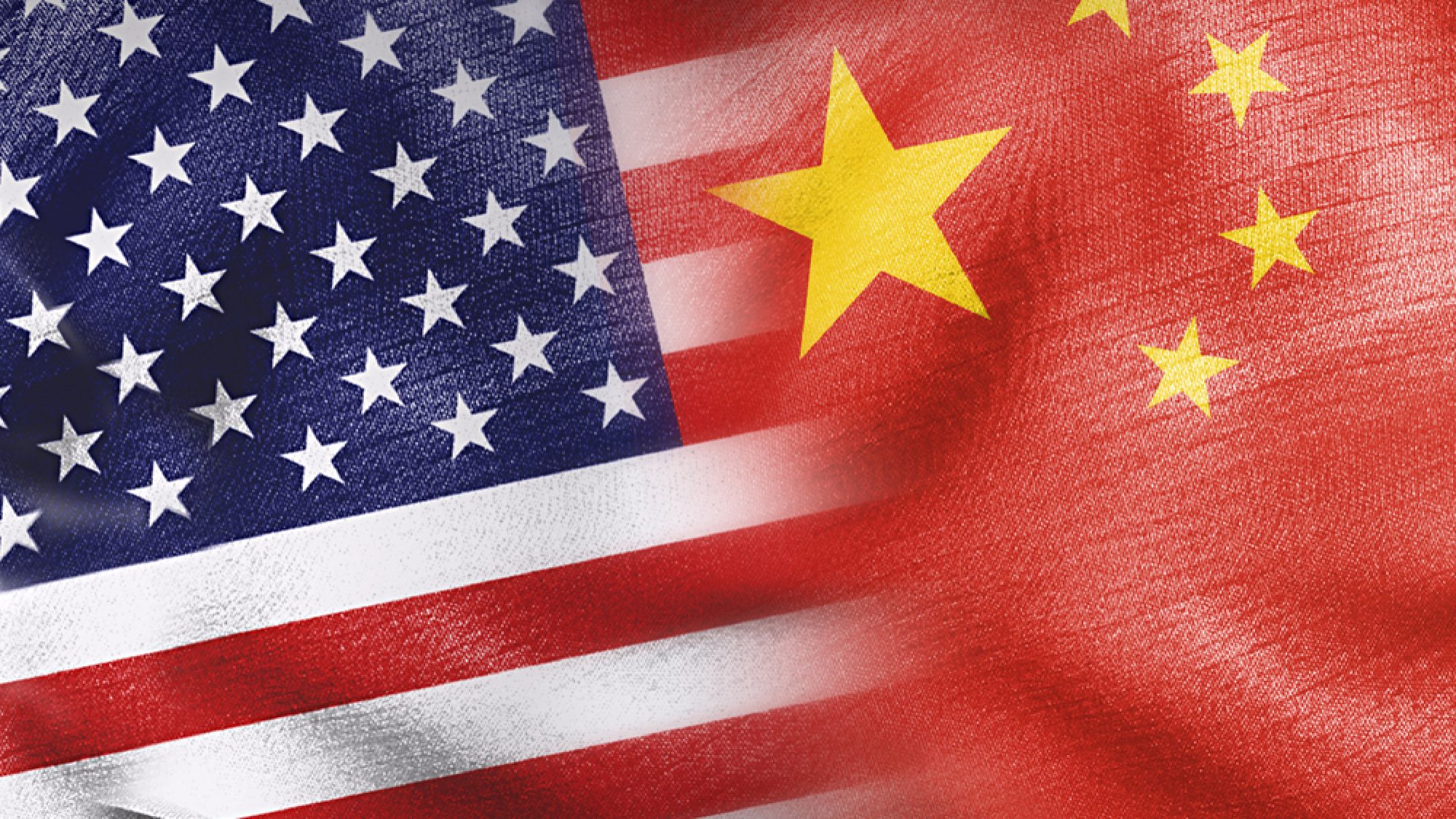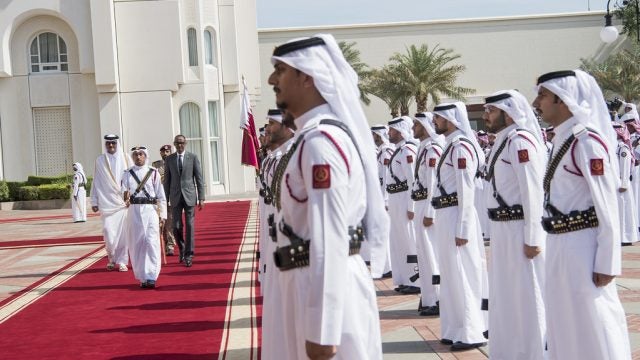
Title: First Steps for Possible U.S.-China Strategic Stability Talks
U.S. President Joe Biden proposed strategic stability talks with China in November. If held, the discussions will be an important step toward possible nuclear risk reduction. But as the United States and China not only blame each other for destabilizing behavior but also differ in the way they think about strategic stability, any progress will likely be slow, with traditional arms control steps remaining a longer-term goal.
In a virtual meeting held in November 2021, U.S. President Joe Biden and Chinese President Xi Jinping discussed the possibility of holding strategic stability talks between the two countries. U.S. National Security Advisor Jake Sullivan said that the two leaders agreed to “look to begin to carry forward” the discussions, which a National Security Council spokesman later described as “conversations with empowered interlocuters” rather than formal arms control talks.
If the proposed talks take place, they could be a significant first step toward reducing nuclear risks. This is because previous bilateral nuclear discussions, while producing invaluable insights, mostly remained at the level of scholars, experts as well as former and current government and military officials participating in private capacities. In the past, China has declined U.S. invitations to join trilateral arms control negotiations with Russia, citing the much larger U.S. nuclear arsenal.
Patience will be important for any such discussions. The United States and China not only have strong concerns about each other’s nuclear arsenals but also have different underlying assumptions about strategic stability and arms control. The first steps will likely involve exploration of the other’s positions and thinking. Any concrete achievements are likely to be relatively modest, beginning perhaps with ways to reduce the likelihood of nuclear use in a crisis or conflict, as few functioning crisis management mechanisms exist between the two countries. While traditional arms control steps, such as limitations or reductions of strategic weapons, will likely remain a longer-term goal.
Biden’s proposal for strategic stability talks came at a time of increased U.S. concerns about China’s quantitative nuclear buildup. The Department of Defense projected in its 2021 report on Chinese military power that China will likely increase the number of its nuclear warheads to 1,000 by 2030, up from the estimated 350 it has today; it also pointed out that the country is building hundreds of silos for intercontinental ballistic missiles. Furthermore, China has demonstrated it is qualitatively improving its nuclear force. The country has deployed new missiles, invested in submarines, and reassigned a nuclear mission to its bombers. Over the summer, China tested an orbital bombardment system with a hypersonic glide vehicle, prompting U.S. concerns about China’s capability to outmaneuver current U.S. missile defense systems and attack the United States from outer space.
These developments are fueling concerns that China is changing its nuclear posture. Historically, China has maintained a relatively modest nuclear force that can survive a nuclear first strike and retaliate, in what experts have called an “assured retaliation” strategy. China claims that it maintains such a posture, but U.S. officials find that unconvincing. In his remarks shortly before his retirement as Vice Chairman of the Joint Chiefs of Staff last year, Gen. John Hyten said, “You don’t need to develop the kind of capabilities they’re developing for minimum deterrence.” The United States suspects that China may be moving to a “launch-on-warning” posture, meaning the country could choose to retaliate with a nuclear missile if an incoming enemy missile is detected by the country’s early warning system. In short, the United States characterizes China’s nuclear modernization efforts as destabilizing. Current tensions between the United States and China – especially over Taiwan – raise the risks of a conflict potentially involving nuclear use.
From the Chinese perspective, however, the United States is responsible for undermining stability. China accuses the United States, which had an estimated 1,800 deployed nuclear warheads in 2021, of seeking “absolute security,” meaning that the United States is trying to have security at the expense of others like China.
China is particularly concerned about U.S. ballistic missile defense systems; the country is deeply skeptical of the U.S. explanation that their mission is to deal with “rogue states” like North Korea. Additionally, China perceives recent developments involving the United States and its allies as a sign of U.S. efforts to contain China. This includes the signing of last year’s Australia, United Kingdom, and United States (AUKUS) security pact that would give Australia the technology to build nuclear-powered submarines. China has criticized the pact as an irresponsible move that intensifies the regional arms race.
If that were not enough, the United States and China differ in their interpretations about important concepts that concern strategic stability and arms control. For instance, they have different views on the role of transparency. While the United States considers transparency an essential element to meaningful dialogue on strategic issues and a positive force that enhances predictability, China sees it as an overly heavy burden on the weaker party. Scholars have shown that China believes it cannot reveal the scale of the country’s smaller nuclear forces because doing so would undermine the survivability of its arsenal. This is particularly important for the country because of its commitment not to be the first to use nuclear weapons.
The chasm between the United States and China suggests the talks will be an opportunity to learn more about the other side’s policy preferences and assumptions, a necessary step towards reducing nuclear risks in a manner acceptable to both sides. Any concrete outcome over the short-term is more likely to be achieved on issues in which both sides have little to lose. This could include, for example, crisis management, which a participant in past unofficial bilateral talks believes has much promise. Improving lines of communication to reduce the risks of miscalculation and escalation does not involve major compromises on either side. For example, they could improve the implementation of existing “hotlines” or develop new ones.
The task, however, gets much more complex for any steps that concern limitations or reductions of strategic weapons. Given that China is unlikely to make concessions without obtaining something in return, the United States will likely need to consider some Chinese demands in exchange for actions that benefit the United States. Thorny issues include the question of whether to acknowledge mutual nuclear vulnerability, a Chinese goal which the United States has rejected in the past. Another issue that is likely to come up is the question of whether the United States should take steps to allay China’s concerns about U.S. ballistic missile defense.
All of this will take much time and consideration. It is also important to remember that the United States needs to maintain strong deterrence against Chinese adventurism even if these talks take place. But, as a Chinese proverb says, a journey of a thousand miles begins with a single step. In this instance, the first step is worth taking as that could lead to a reduction of nuclear risks.
. . .
Naoko Aoki, Ph.D., is a research associate at the Center for International and Security Studies at Maryland, University of Maryland, and an adjunct professor at American University. Her areas of expertise include East Asian politics and security issues.
Image Credit: Wikimedia Commons; Territory of American Canada; Creative Commons Attribution-Share Alike 4.0 International
Recommended Articles

For many in the Global South, the ‘American Peace’ or Pax Americana is a mirage amid a world of war, economic hardship, forced migration, environmental calamity, and political repression while…

The United Nations is scheduled to host its third meeting of international envoys to Afghanistan in Doha on June 30, 2024. This meeting aims to discuss and address significant…

Qatar plays a crucial role in mediating conflicts in the Middle East region. Its engagement in negotiations with diverse stakeholders–including countries like Lebanon, Sudan, and Libya and non-state actors such…